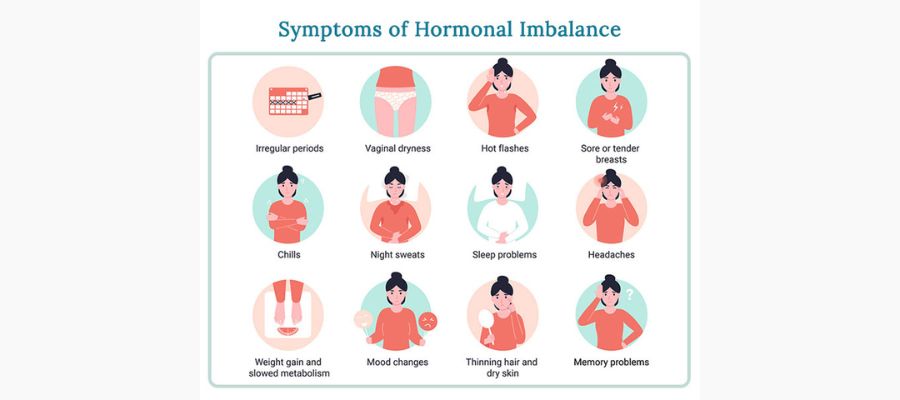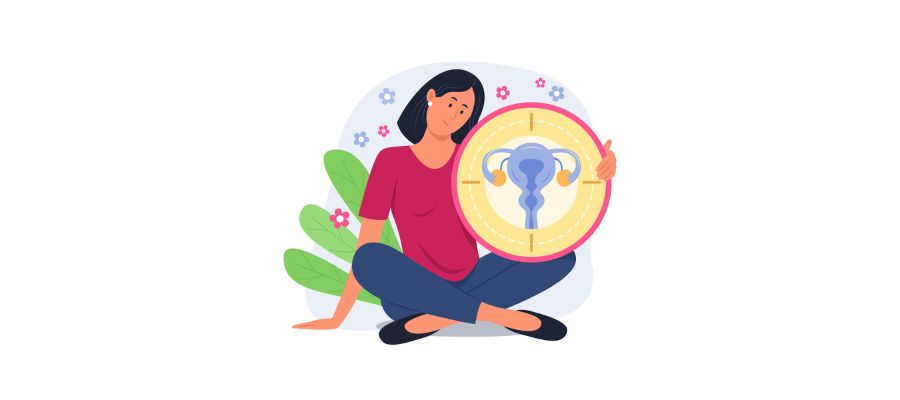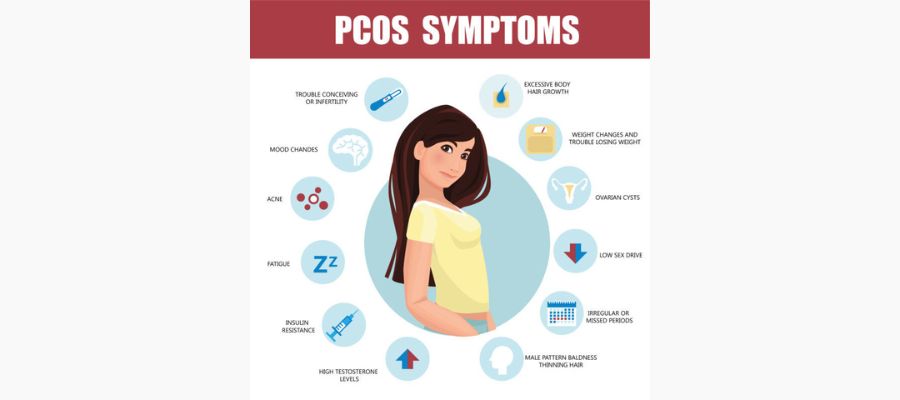.jpg)
SCIENTIFIC NAME: Murraya koenigii
HINDI NAME: Curry Patta
ENGLISH NAME: Sweet neem leaves
FAMILY: Rutaceae
SHORT DESCRIPTION
Curry leaves are said to offer a variety of therapeutic benefits in Ayurvedic medicine. Curry leaves provide carbs, calories, fibre, calcium, phosphorus, iron, magnesium, copper, and minerals. It also includes nicotinic acid and vitamin C, as well as vitamins A, B, and E, antioxidants, plant sterols, amino acids, glycosides, and flavonoids. Curry leaves have a bitter, pungent flavour with acidic elements.
USES & HEALTH BENEFITS
- Good for oral hygiene
- Anti-diabetic
- Anti-carcinogenic
- Aids in weight loss
- Good for improving vision
- Hepato-protective
- Anti-microbial
- Good for hair growth
- Stops diarrhoea
- Lowers cholesterol levels
- Cures gastrointestinal issues
- Good for eyesight
PRECAUTIONS & SIDE EFFECTS
- It might produce severe allergic responses, it should not be taken by persons who have asthma or a pollen allergy.
- It is not recommended to ingest the little pods of the curry leaf tree since they are harmful in nature.
HOW TO USE
- To treat diarrhoea, mash a bundle of curry leaves and consume 1 tbsp of the juice every 3-4 hours.
- To treat indigestion, extract the juice from a bunch of curry leaves and combine it with lime juice.
- For healthy digestion, mix 1 tbsp of curry leaves paste with buttermilk and consume it on an empty stomach every morning.
- To strengthen the roots of your hair, use dry curry leaf powder combined with coconut oil.
- For a speedy wound recovery and clean healing, use the juice or paste of the leaves to burn, wounds, bruises, skin irritations, and bug bites.









